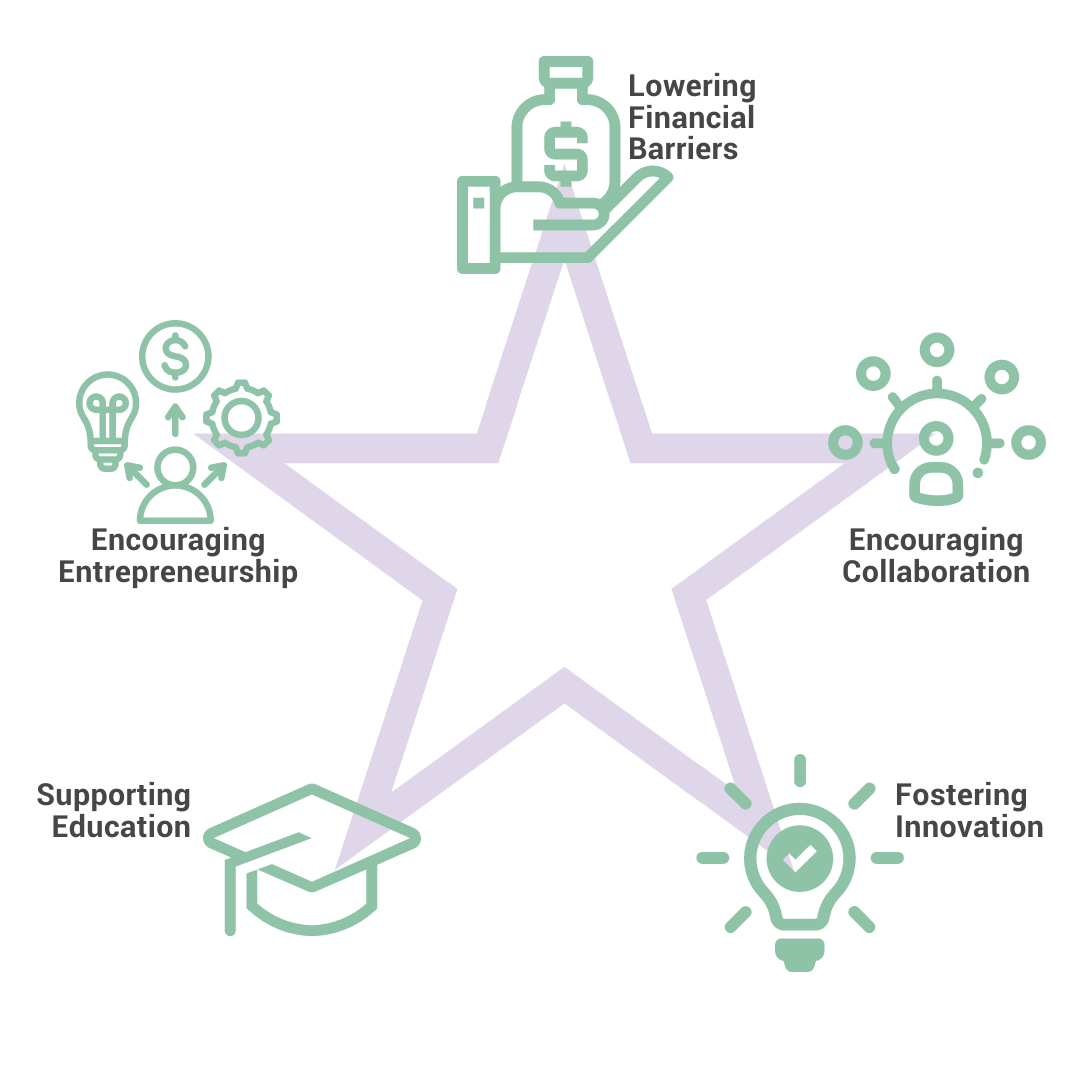Bridging the Digital Divide
Jane is a single mother struggling to make ends meet. She is unemployed and barely scraping by to provide for her child. She sought assistance from a local nonprofit focused on job training and placement, but her more urgent needs in the areas of housing and childcare support remained unaddressed and prevented her from focusing on training for her future…and the future of her child. Other non-profits could help her with these more urgent needs, but it remains up to Jane to coordinate them all.
Jane's all too common situation illustrated in a Stanford Social Innovation Review (SSIR) article highlights a complex problem for many that exists due to digital divides. In a world where nonprofits operate in silos, Jane's story is a familiar one. But let's imagine an alternate reality, one where nonprofits and institutions are seamlessly connected through technology and shared resources, forming a cohesive network that serves the needs of the entire community.
Access to technology and the internet has become a fundamental aspect of modern life, allowing us to communicate, access information, and participate in society. However, not everyone has equal access to these resources. In some communities, individuals and families lack the resources to stay connected, creating a digital divide that has serious consequences.
Encompassing more than just the absence of hardware and internet connectivity but also the unavailability of software and infrastructure tools that individuals and community organizations need, the digital divide creates barriers for disadvantaged communities, limiting access to education, healthcare, job opportunities, and other critical resources. This contributes to a cycle of poverty and inequality that is difficult to break.
Open source software (OSS) is a valuable tool for bridging the digital divide in disadvantaged communities. One of the most significant advantages of open source technology is that it can be customized to meet the specific needs of disadvantaged communities. This means that non-profit organizations and community groups can use open source technology to customize and address challenges like Jane faces by putting her back on track to providing for her family and visualizing a brighter future for herself and her child.
Open source software can play a role in bridging the digital divide by:
